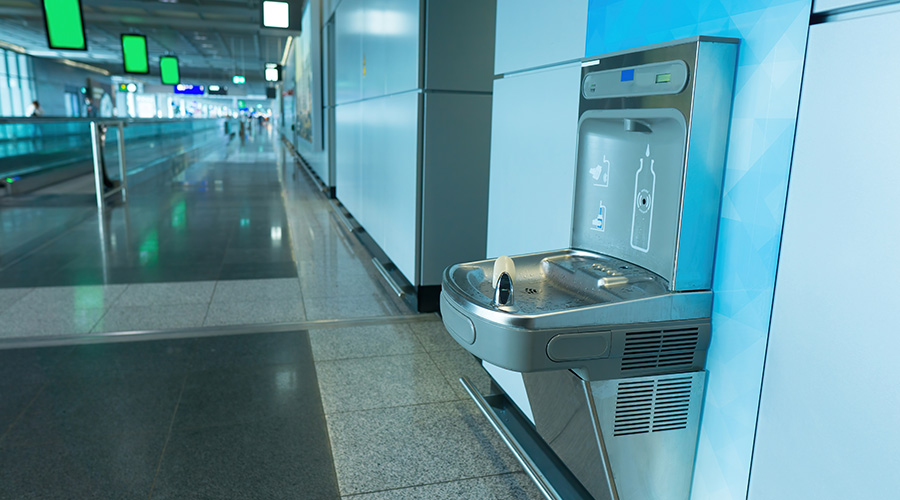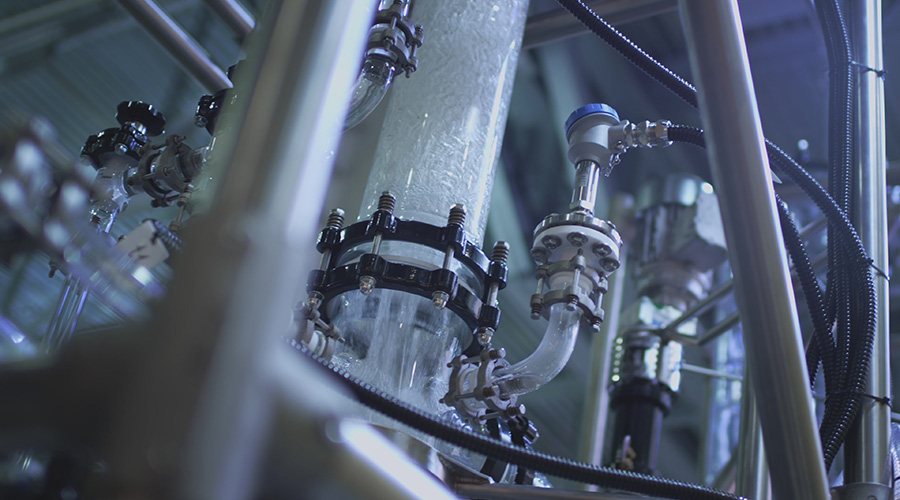Video Inspection Technology not for Every Facility
The idea of purchasing splashy new, expensive technology appeals to many people, and managers are no exception. But as financial pressures continue, purchasing drain-cleaning equipment with video inspection capability is not always an option.
For example, video inspection cameras are not necessary to diagnose recurring clogs in a sink or toilet. Tools to repair the situation are available for as little as $300, Silverman says.
“It’s an unusual thing for me to say as a manufacturer, but video is not for everybody,” he says. “It pays for itself if you have a lot of facilities to take care of, like a university, which has a lot of buildings that you have to inspect for a variety of reasons. But if you are a smaller facility, it might pay to have a local contractor do it. Some places now rent camera systems — not many, but it’s growing.
“Obviously, I’d rather have them buy my product, but we’re always straight with our customers. We only want to sell them something they’d use.”
Managers with a limited need for video-inspection cameras should consider hiring a contractor to perform some drain inspection duties or even renting a system to do the job.
“You need to have enough jobs to justify (buying a camera),” Silverman says. “If you are paying an outside contractor $400 to do the job, and if I call the guy 10 times a year, that’s a $4,000 camera system. But if I call them once a year, it’s not worth it (to buy).”
When specifying video inspection technology, managers must consider the needs of the facility, as well as the financial impact the purchase may have on the department.
“In some cases, a simple camera system that doesn’t have all the bells and whistles is sufficient,” Speranza says. “In other cases, a more sophisticated product will be necessary. Sometimes, a facility will want to have a video library of maintenance that has been performed as a way of tracking history and future work. Portability is also a consideration. If your work is routinely performed in confined areas, a smaller, more compact system would be beneficial.”
If managers decide to enter the video-inspection market, they need to consider the sizes of pipes in the facility when choosing product.
“A common misconception is that one camera system can be used for any and all applications,” Speranza says. “The standard push cameras typically inspect up to a 10-inch diameter pipe. If a larger pipe needs to be inspected, you may need an entirely different system.”
Related Topics:













